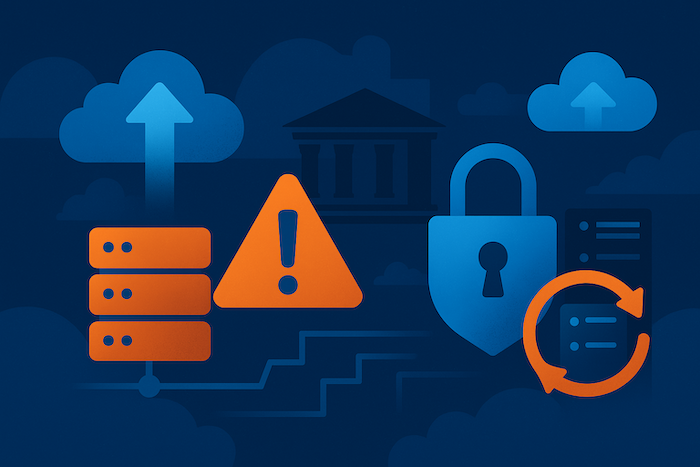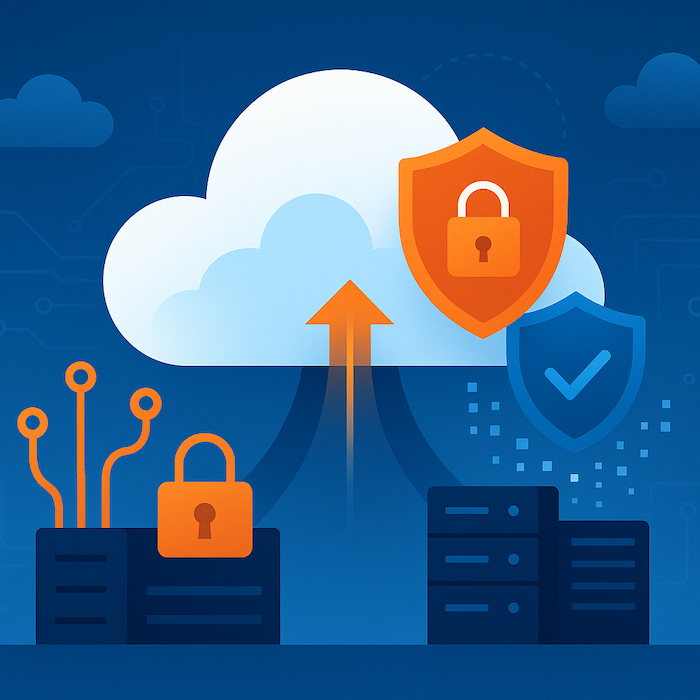Opti9 Technologies announces the availability of Fully Funded VMware Migration + CloudOps in AWS Marketplace
Observr Ransomware Detection and Protection
Insightful, Real-Time Ransomware Detection and Protection

AI Powered Ransomware Protection from Opti9
Attackers now target backup and replication tools to disable recovery before deploying ransomware, increasing ransom success.
Observr by Opti9 detects anomalies and threats using AI/ML, monitoring backup infrastructure to predict and prevent attacks.
Seamlessly integrating with Opti9’s IT resilience services and Veeam, it enhances security and safeguards backup data
Real-Time Ransomware Detection to Level Up Your Disaster Recovery & Backup Strategy
When It Comes to Ransomware, Insight is the Key to Uptime
Enhance Your Ransomware Protection Strategy with Unmatched Visibility & Control via the Optix Dashboard
Real-Time Ransomware Detection to Level Up Your Disaster Recovery & Backup Strategy
Real-Time Detection Allows for Unmatched Ransomware Recovery Capabilities
Observr ransomware detection uses artificial intelligence and machine learning to detect anomalies that may be indicative of ransomware or other malicious activities. This includes anomalies of incremental backup and replica sizes, retention settings, encryption settings, job modifications, deletions, and more. Observr assigns a threat score based on the anomalous activity and can notify the organizations and automatically air gap their offsite backups and disaster recovery infrastructure to reduce the impact of such attacks.
Observr ransomware detection uses artificial intelligence and machine learning to detect anomalies that may be indicative of ransomware or other malicious activities. This includes anomalies of incremental backup and replica sizes, retention settings, encryption settings, job modifications, deletions, and more. Observr assigns a threat score based on the anomalous activity and can notify the organizations and automatically air gap their offsite backups and disaster recovery infrastructure to reduce the impact of such attacks.
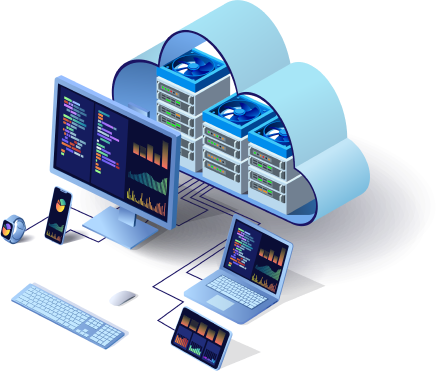
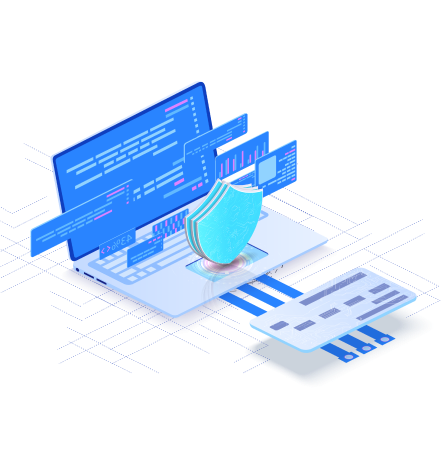
When It Comes to Ransomware, Insight is the Key to Uptime
Don’t Let Ransomware Bring You Down
So, you’ve fallen victim to a ransomware attack or other malicious activity, and even though you have a disaster recovery and backup strategy in place, you can’t seem to pinpoint when the attack happened. This makes it difficult to figure out the last clean backup or replica point to store from, and this is where Observr comes in. Observr ransomware detection provides unparalleled insights into when the malicious activity occurred, allowing organizations to instantly air gap their backup and DR environments, isolate the impacted servers, and then quickly and easily restore from the last clean backup or replica point before the attack.
So, you’ve fallen victim to a ransomware attack or other malicious activity, and even though you have a disaster recovery and backup strategy in place, you can’t seem to pinpoint when the attack happened. This makes it difficult to figure out the last clean backup or replica point to store from, and this is where Observr comes in. Observr ransomware detection provides unparalleled insights into when the malicious activity occurred, allowing organizations to instantly air gap their backup and DR environments, isolate the impacted servers, and then quickly and easily restore from the last clean backup or replica point before the attack.
Boost Ransomware Protection with Unmatched Visibility & Control via the Optix Dashboard
Gain Unparalleled Visibility & Control of Your Environment with the Optix Dashboard
Observr is enabled as part of the Optix Dashboard, Opti9’s hybrid IT management tool, giving Observr users real-time and historical threat and anomaly graphs. Users can configure real-time alerts, periodic reporting, remediation actions, and drill-down into anomalous activity on a per-server and historical basis while also having the ability to export threat landscape reports and customize notifications per-alarm type. Opti9’s DRaaS and BaaS users can even air gap their off-site backup and disaster recovery environments at the click of a button right within the dashboard.
Observr is enabled as part of the Optix Dashboard, Opti9’s hybrid IT management tool, giving Observr users real-time and historical threat and anomaly graphs. Users can configure real-time alerts, periodic reporting, remediation actions, and drill-down into anomalous activity on a per-server and historical basis while also having the ability to export threat landscape reports and customize notifications per-alarm type. Opti9’s DRaaS and BaaS users can even air gap their off-site backup and disaster recovery environments at the click of a button right within the dashboard.
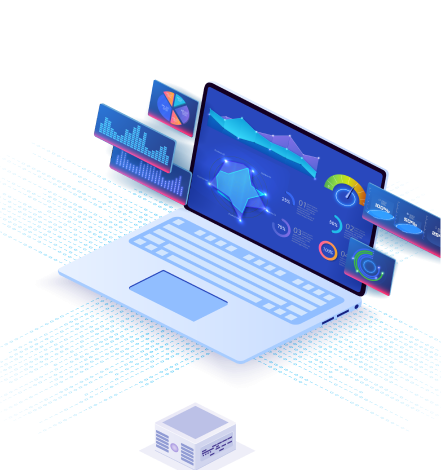
Key Highlights:
- The Anatomy of modern-day ransomware attacks as presented by renowned cybersecurity expert, Guy Mizrahi
- Learn why backup infrastructure has become a prime target for attackers and how you can defend against it.
- Learn how you can integrate Observr into your existing Veeam deployments to detect and prevent ransomware attacks instantly, ensuring your data’s safety.
- Discover why the Veeam+Observr solution stands out from other backup vendors.
- Get exclusive insights into the results of actual ransomware tests conducted by CyPROS against a Veeam environment, and the effectiveness of utilizing anomaly detection to predict and stop attacks.
Enhance Your Ransomware Protection Strategy with Unmatched Visibility & Control via the Optix Dashboard
Observr for Veeam Software-as-a-Service
Observr can be consumed as a standalone software-as-a-service (SaaS) offering for Veeam. Designed specifically for integration with Veeam infrastructure, Observr is the perfect way to strengthen your security posture and protect your backup & disaster recovery infrastructure.
Add-On for Opti9 Disaster Recovery & Backups
Opti9 backup and disaster recovery customers can leverage Observr as an add-on for these services. Featuring seamless integration with Opti9’s backup and disaster recovery services, customers can benefit from enhanced security of their off-site backup and recovery environments.
Contact Us


